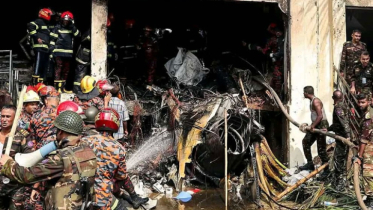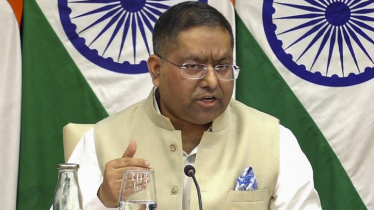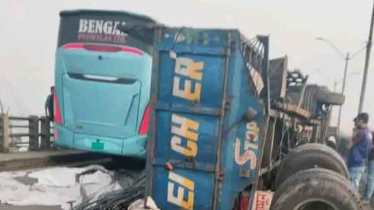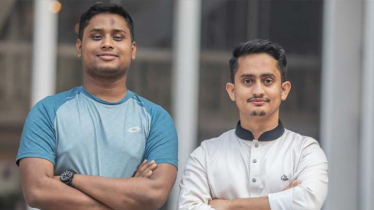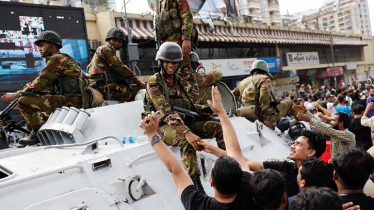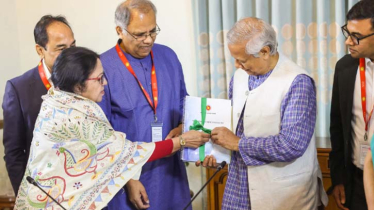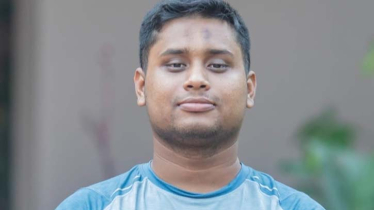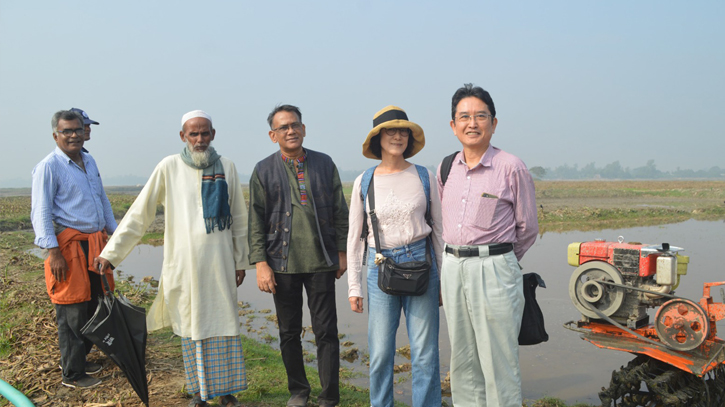
Photo: Collected
Tetsuo Tsutsui, a Japanese humanitarian, came to know about Bangladesh as a developing country in South Asia, at his early age, where natural disasters cause the people in this country to struggle to survive almost annually.
He started to fantasize of visiting Bangladesh to see the people's way of life. In 1986, following his graduation from Ryukyus University, he moved to Bangladesh as a junior specialist in Japan Overseas Cooperation Volunteers. Therefore, he closely observed the life of rural people and tried to improve the economic and social condition of backward people in various ways for four years in Comilla through Bangladesh Academy for Rural Development (BARD).
His heart and intellect started to be affected by the hardships and struggles of the village's poor inhabitants. After that, he continued searching for chances to work with these people more. In this context, he joined Shapla Neer, a Japanese international development organization, in 1994. Since then, he has been gathering resources from many sources in Japan and transferring it through that organization to several projects aimed at raising the standard of living for Bangladesh's poor and defenseless citizens. He continued in this role until 1998, at which point he began serving as the Shapla Neer Bangladesh office's national representative in 1999.
Subsequently, he embarked on realizing his dream at an accelerated pace. Alongside managing the organization, he honed the managerial abilities of numerous small private organizations across various districts such as Dhaka, Chittagong, Dinajpur, Bagerhat, Jamalpur, Mymensingh, Netrakona, Manikganj, Narsingdi, Satkhira, Jessore, Jhenaidah, and Chuadanga. He commenced a fresh phase of contributing to the development of underprivileged individuals with financial assistance. This phase continued until 2014, when he retired from Shapla Neer at the close of the same year. During his final year at Shapla Neer, in 2014, he suddenly recognized that the repeated threat to people's lives due to the impact of climate change in Bangladesh. Furthermore, he observed that the government and private development initiatives in this region were restricted compared to other parts of the country.
In the light of his work experience in Bangladesh, he felt that all the problems associated with the livelihood of the people of Bangladesh cannot be eliminated by NGOs alone. Again, it is almost impossible for the government to work so intensely. Therefore, a platform of government and non-government organizations is needed to improve the quality of peoples’ life, through which accurate information sharing will be possible and development will be facilitated by ensuring proper utilization of resources based on the information received.
Head back to Japan, carrying this idea with him. Upon his return, he established an organization named Share the Planet Association, starting a new battle of life. The aim of this initiative is to elevate the living standards of the people in the Haor region, moving them away from the threat of natural disasters. He selected farming as the primary approach. This effort was led by educators from some of Bangladesh's agricultural universities, researchers at the Bangladesh Rice Research Institute, officials from the Department of Agricultural Extension (Government of Bangladesh), and a private entity known as ASED HABIGONJ, beginning their work in Haor in 2015. Consequently, the adoption of quick-growing, high-yield rice varieties developed by BRRI (Bangladesh Rice Research Institute) quickly became widespread among Haor's farmers. This has significantly improved the lives of the farmers in the region. The cultivation of these new rice varieties has boosted production by 15-20 percent and reduce the time needed for planting by 4-10 days. Area expansion in such cultivation is increasing every year. Additionally, the cultivation of winter crops is growing in popularity, altering the traditional farming practices of Haor farmers. They are shifting from focusing on a single crop to growing Aman as a secondary crop, and in certain regions, even as a third crop.
Realizing the lack of irrigation water needed for agricultural land in the north-western districts of Bangladesh, Tetsuo Tsutsui assisted to many local non-governmental organizations of Chuadanga, Meherpur, Jhenaidah and Jessore districts to provide support to the farmers for expanding farming in a water-saving manner. With the aim of ensuring the greater welfare of the farmers of Bangladesh, he is also trying to visit the successful agricultural initiatives of the neighboring countries of the workers who work in the agricultural programs of the NGOs that work on agriculture and expand them to Bangladesh. Moreover, he always dreams of extending his helping hand to various Japanese government and private development institutions by finding out what the people of Bangladesh need to cooperate on. He has been continuously providing support to Bangladeshi institutions by bringing high-ranking officials of various Japanese institutions to Bangladesh. The developer of all of these masterpieces is Tetsuo Tsutsui.
Messenger/Mumu


